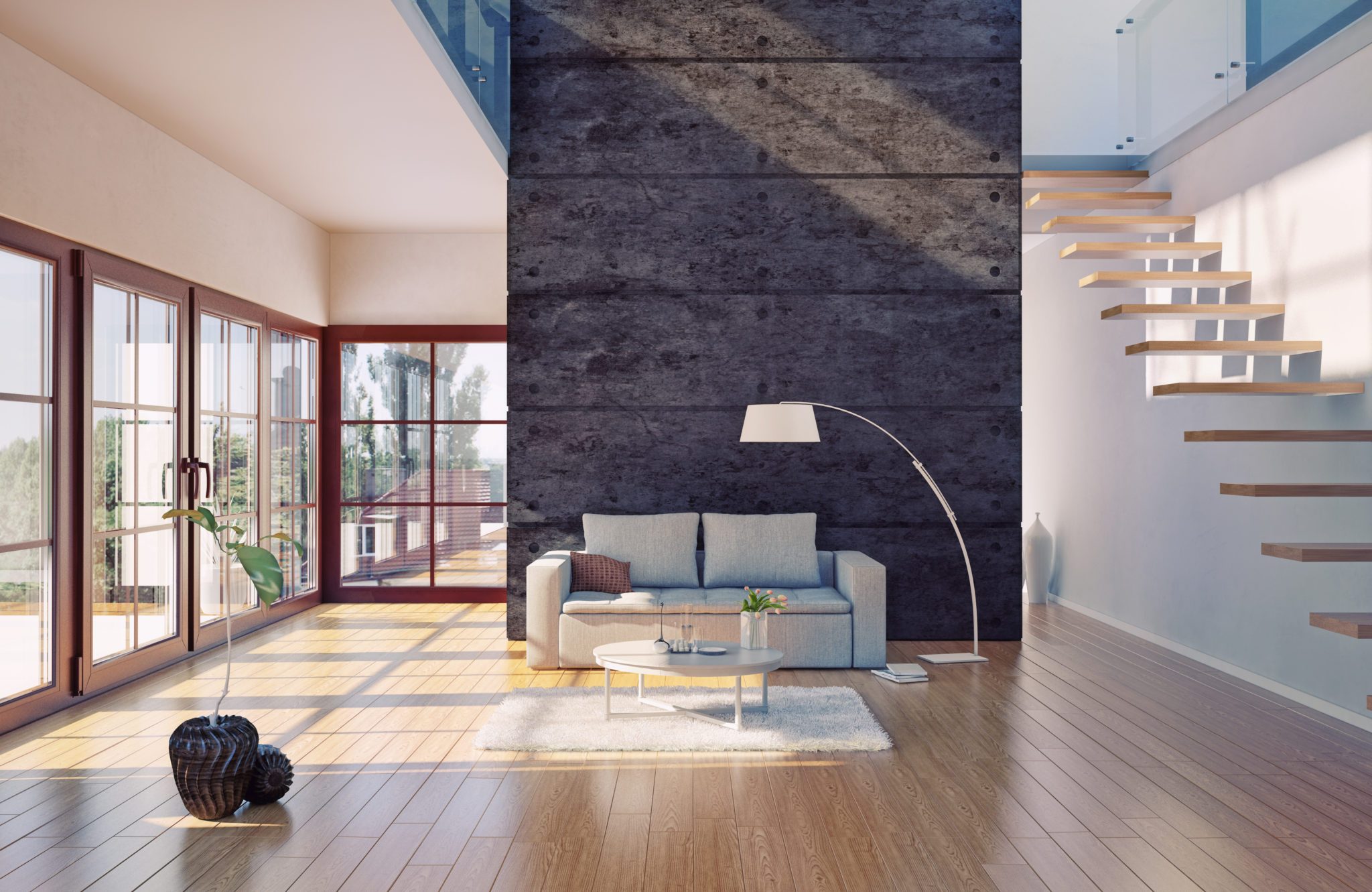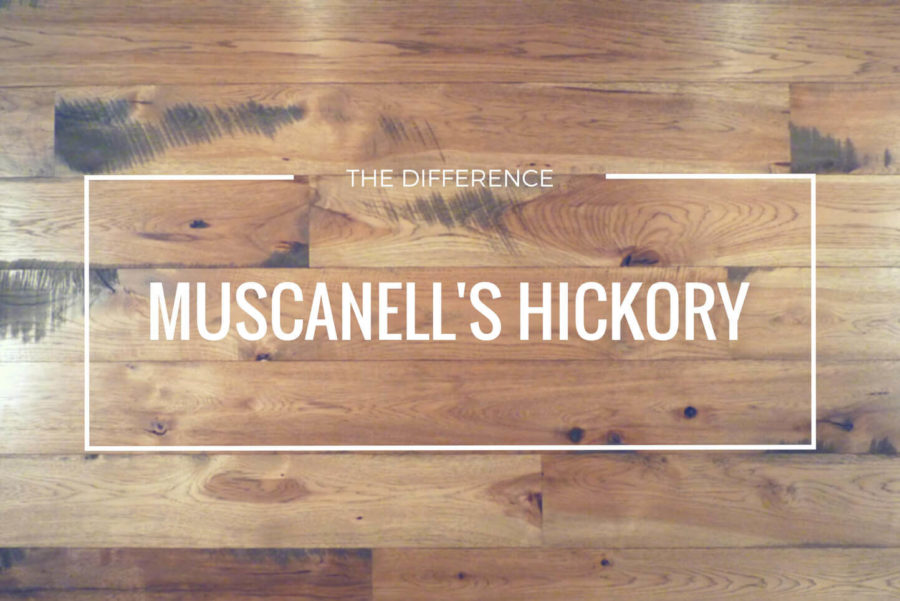Muscanell Millworks has a following. Contractors swear by it. Homeowners love it.
Solid, unfinished planks up to 10 feet long milled in southwest Colorado. American species double-dried, making it ideal for the dry climate of Colorado and the surrounding region. Grades that highlight the wood’s character: knots, holes, band- and circle-saw marks, color variations. Rustic, select and options between.
Located in Cortez, Muscanell mills flooring from six species: American cherry, madrone, walnut, hickory, white oak, and red oak, with oak flooring being available in quarter-sawn, too.
We asked Karen Harbaugh, co-owner of Muscanell Millworks with her husband, Doug Muscanell, about one of their top-selling species. Here, Karen tells about their hickory, including how they approach wood selection, quality assurance, milling and drying.
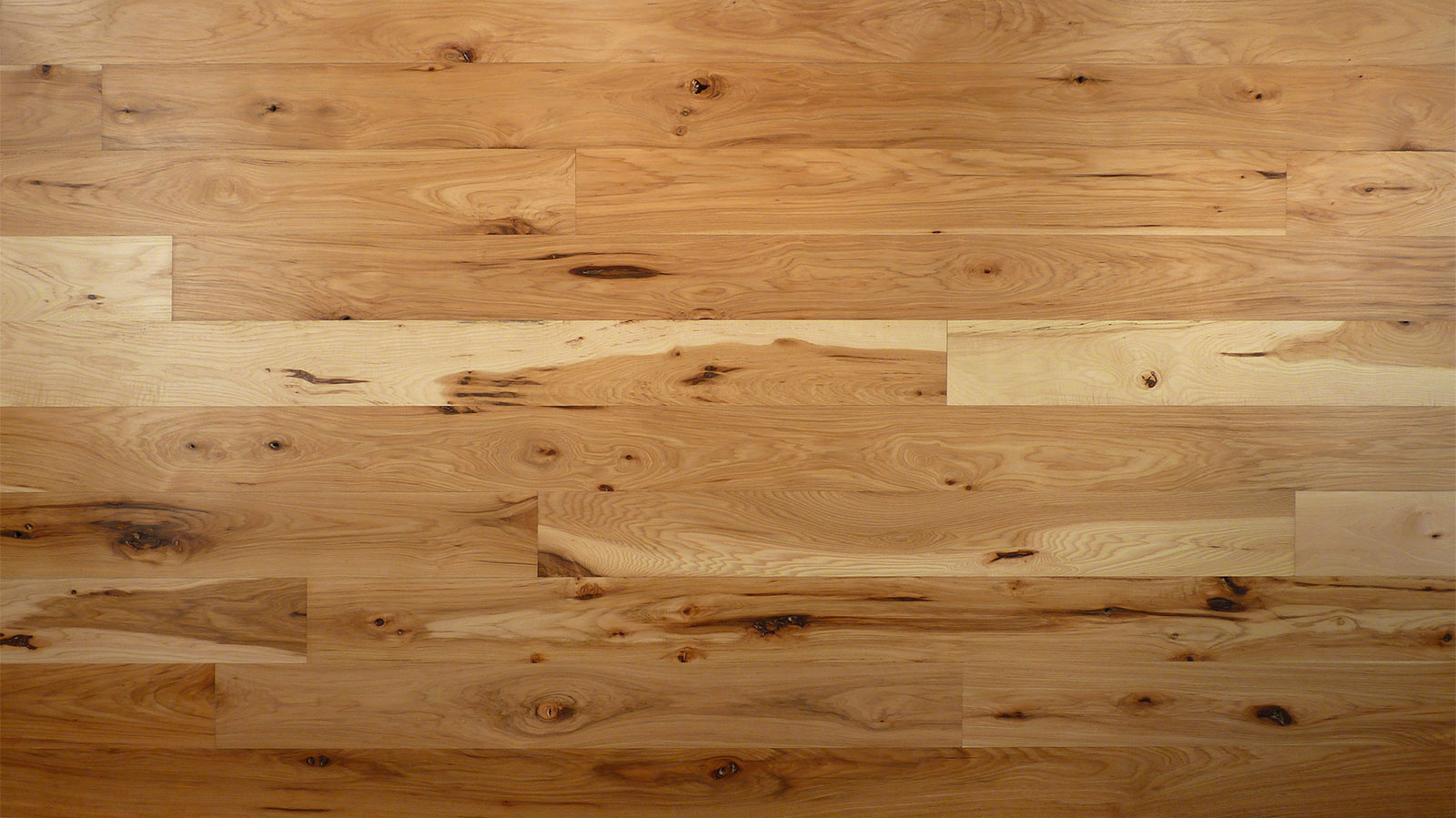
Separating Hickory from Pecan
“We’re picky when it comes to the birthplace of our hickory trees. We’re looking for good color and slow growth rate. That’s why we don’t draw hickory from the southern U.S., where it is often intermixed with pecan, which has different properties. Our goal is to maintain a crisp calico look in the hickory, with clear delineation between sap and heart wood.”
Planks Wide and Long
“We offer planks from one to 10 feet long. We maintain a five-foot average plank length in all grades in our hickory. The term ‘average’ is an important detail, as some companies advertise a minimum length, or a length range, but we think it’s important for us also to communicate the average.”
“We also offer hickory in eight widths, from 2 ¼” strip to planks 10” wide.”
Muscanell’s Pride in Milling
“Our business has been built on running stubborn woods like hickory that are considered difficult to mill. We have developed our methods to reduce tear-out, achieve a smooth surface finish, hold tight tolerances in our tongue-and-groove fit, and reduce overwood.
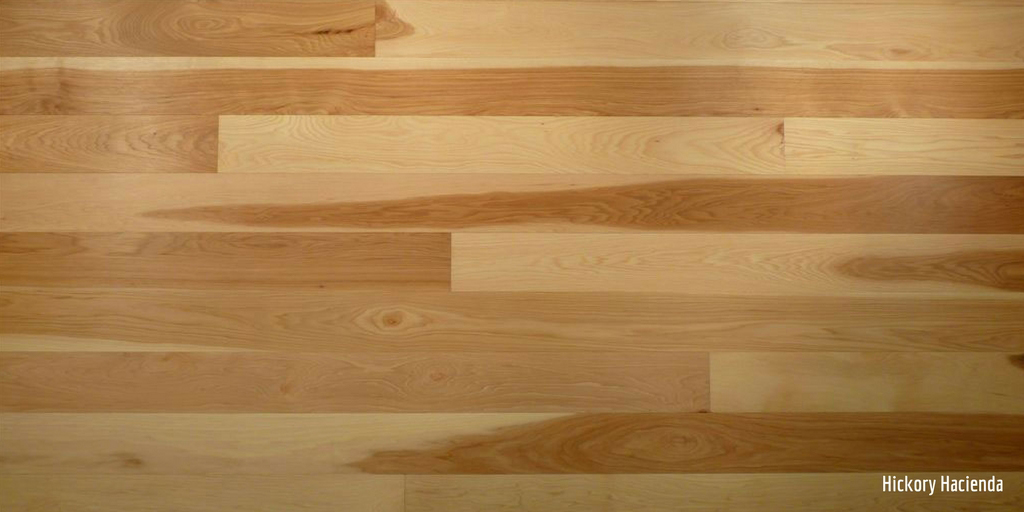
Shaking Off Call-Backs
“‘Ring Shake’ is a pesky defect common in hickory, and can be a cause of call-backs. We train our machine operators to detect and remove ring shake. This defect often will not be obvious to installers but will show up after the floor has been finished.”
Dry, Dry Again
“Moisture control is paramount in hickory, as it is more responsive to moisture changes than a lot of species. All our hickory lumber is re-dried in Colorado to five to seven percent moisture content prior to milling. The heat in our drying process also sterilizes the lumber, eliminating wood-eating insects and their eggs.
“After this extra drying step, because of the arid climate where we are located we can maintain a low moisture content throughout the process, including warehousing. Our average relative humidity is significantly lower than that of most flooring mills. This results in:
+ consistent, low-moisture planks
+ a minimum amount of movement after milling
+ flooring that is better suited for areas with a dry climate
+ reduced acclimation time in drier climates
Muscanell’s Choice of Grades
“We offer four grades: Mesa (rustic), Madera (semi-rustic), Casa (similar to #1 Common), and Hacienda (similar to Select). We also offer hickory buckboard, which gives a rustic antique look that includes some original saw marks. The rough texture of those original lumber mill cuts is subdued by our wire-brushing and polishing process to make it comfortable for daily living.”
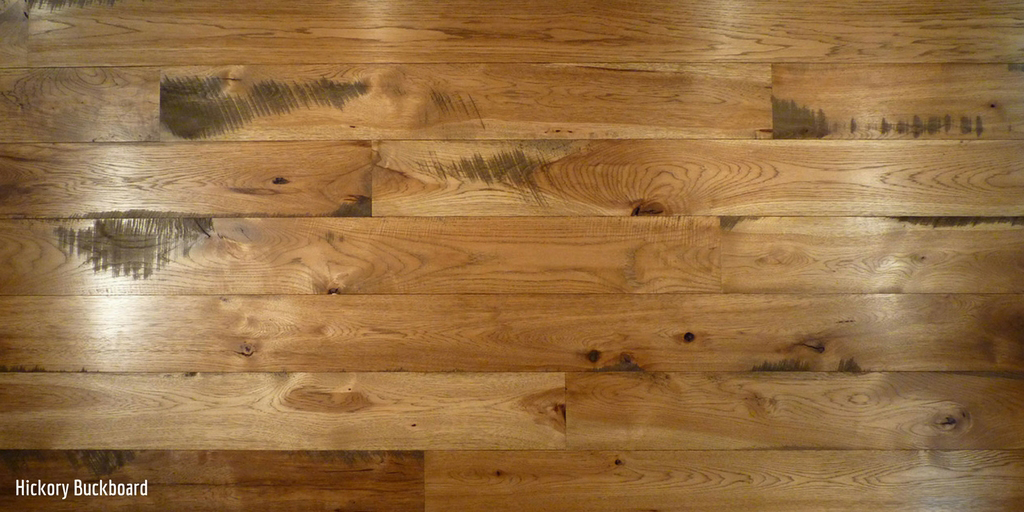
Putting Stain in its Place
“The gray sap stain that often occurs in hickory is not allowed in our regular grades. We separate out the sap-stained hickory flooring as a separate grade. That flooring is sold as second-quality, mainly in our local market.”
Learn more about Muscanell Millworks (www.muscanell.com) any of these ways:
+ Look through the Muscanell product catalog on this site
+ Call your Palo Duro regional sales manager
+ Call our inside sales team at 303-375-0280
+ Use our online contact form at the bottom of any page on this site
Related Pages

